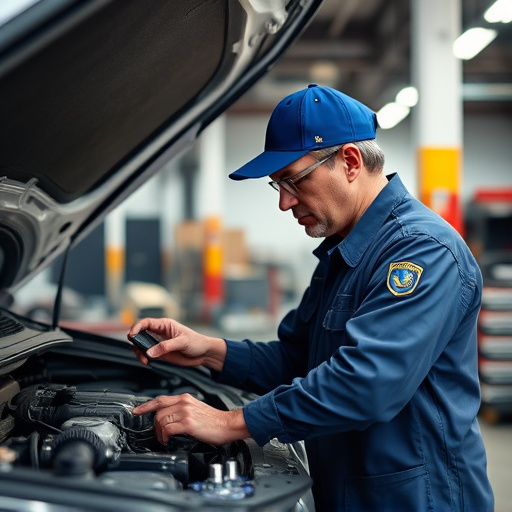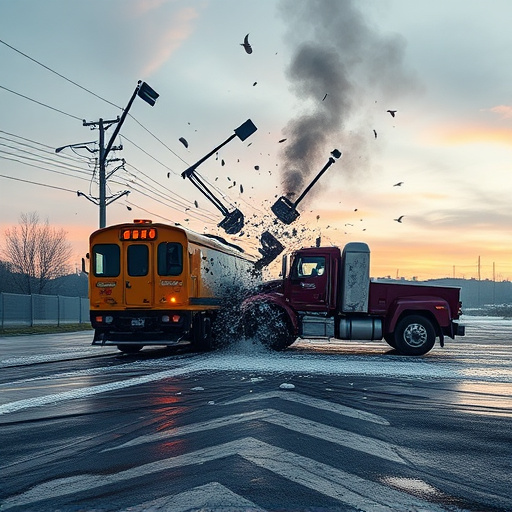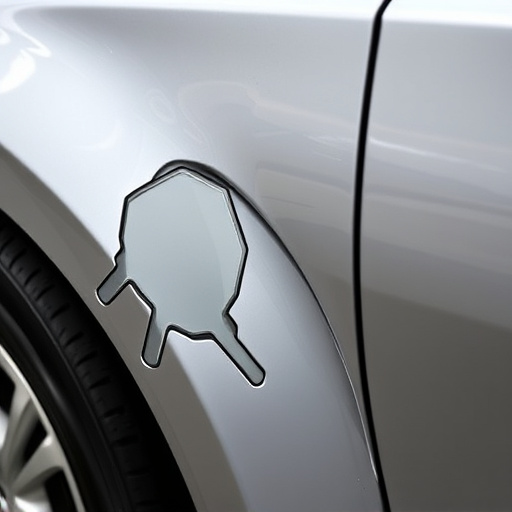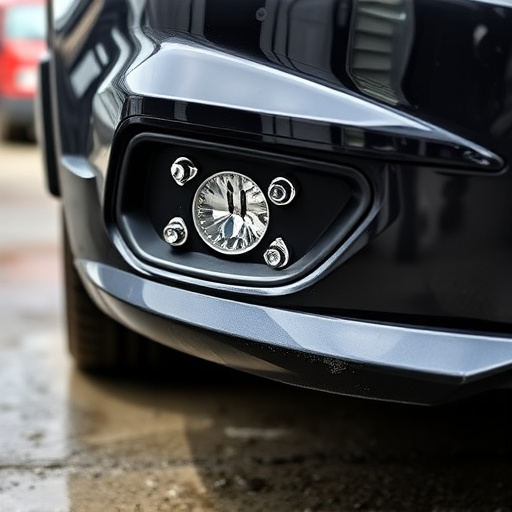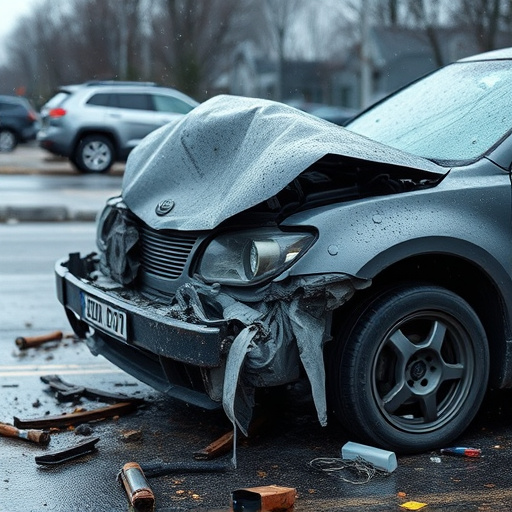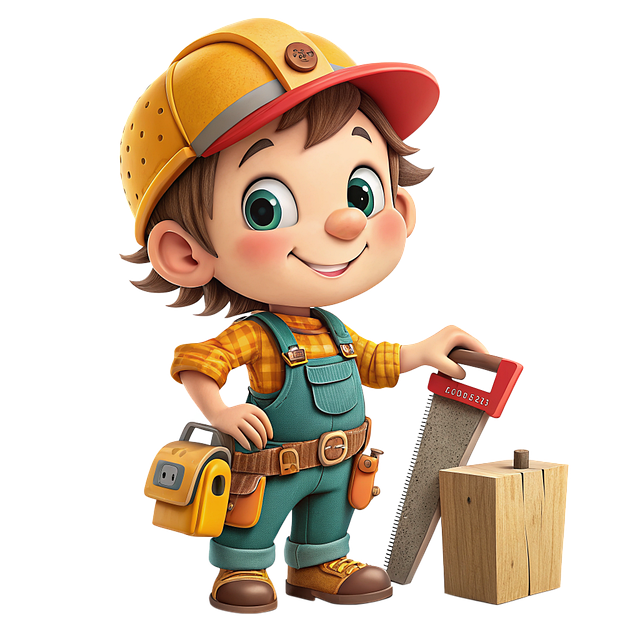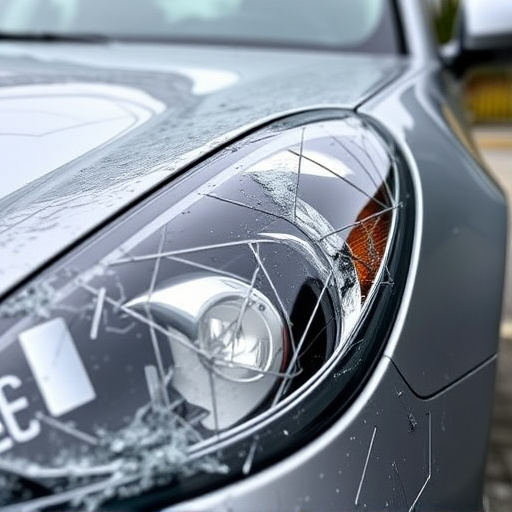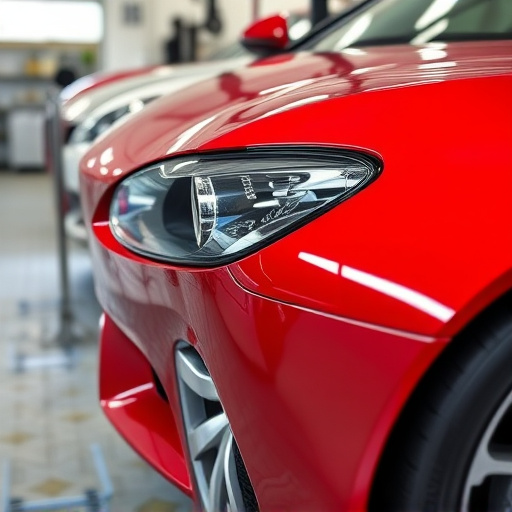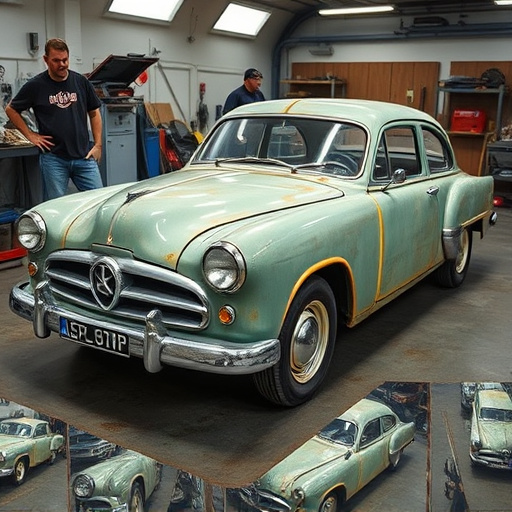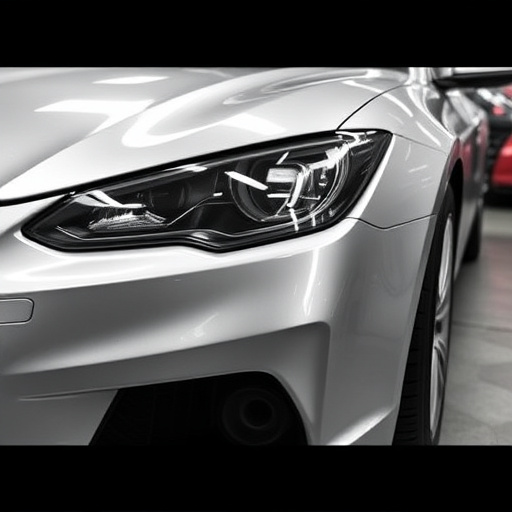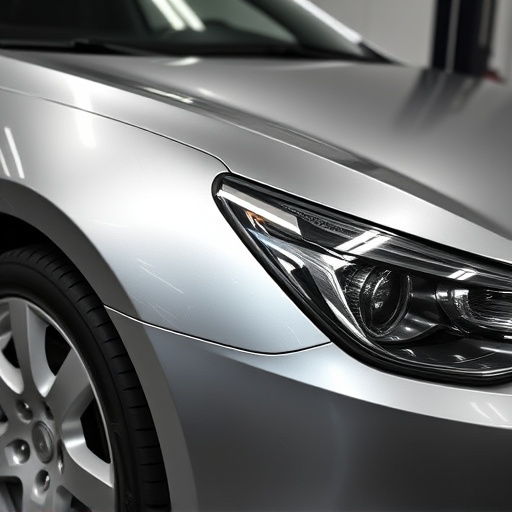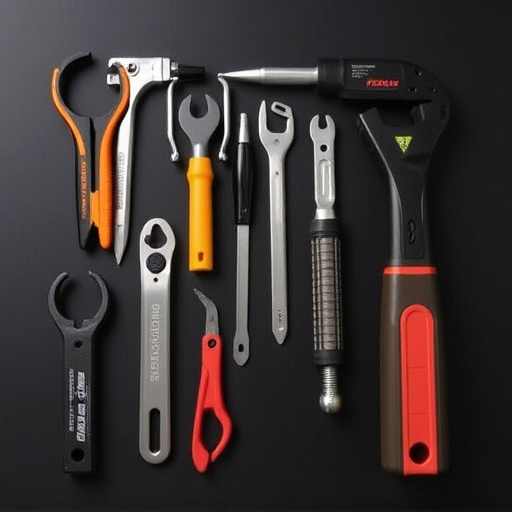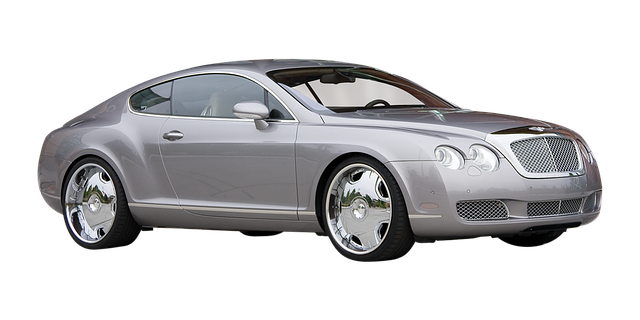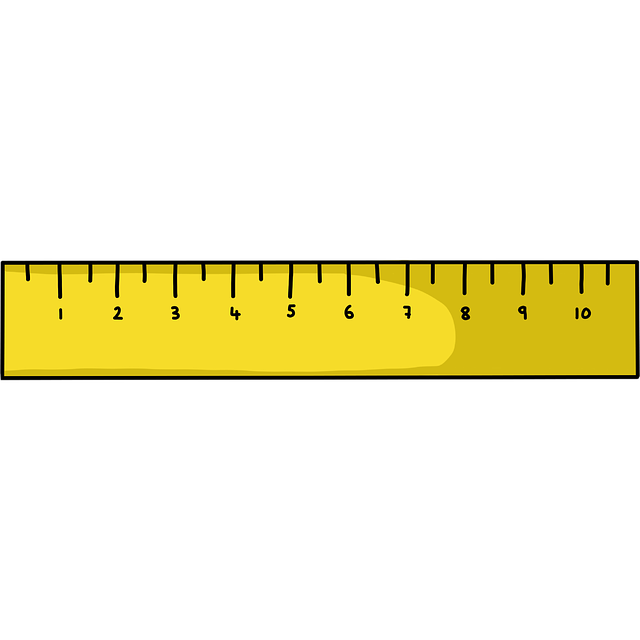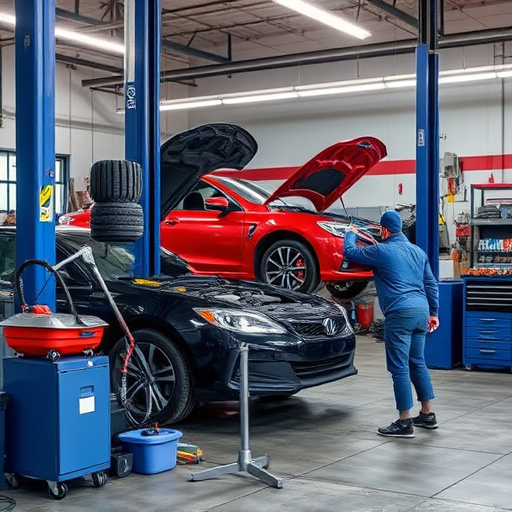Mastering OEM unibody frame repair standards is crucial for top-tier, structurally sound repairs that meet original equipment manufacturer (OEM) specifications. Skilled technicians use advanced tools like lasers and 3D scanners for precise damage assessment. Repairs involve straightening panels, realigning rails, and minutely adjusting components to pre-accident specs, ensuring structural integrity, improved handling, and enhanced safety. Quality Assurance (QA) checks using diagnostic tools, factory spec comparisons, and visual exams are vital for successful repairs, guaranteeing vehicle safety, reliability, and performance enhancement. Overlooking QA can negatively impact customer satisfaction.
In the automotive industry, Original Equipment Manufacturer (OEM) guidelines are paramount for ensuring the safety and quality of vehicle repairs. This article delves into the intricacies of correct unbody frame repair methods, adhering to stringent OEM standards. We’ll explore essential steps, from initial alignment to final quality assurance checks, providing a comprehensive guide for successful unibody frame repairs. By following these practices, technicians can ensure structural integrity and customer satisfaction.
- Understanding OEM Unibody Frame Repair Standards
- Key Steps in Correct Unibody Frame Alignment
- Quality Assurance Checks for Successful Repairs
Understanding OEM Unibody Frame Repair Standards

Understanding OEM unibody frame repair standards is paramount for achieving top-quality repairs that match original equipment manufacturer (OEM) specifications. These guidelines encompass a comprehensive set of procedures and protocols designed to ensure structural integrity, precision, and longevity. By adhering strictly to these standards, automotive repair services can deliver flawless unibody frame repairs, crucial for the safety and performance of vehicles.
When it comes to classic car restoration, mastering OEM unibody frame repair techniques is even more vital. Skilled technicians utilize specialized tools and advanced technologies to locate and rectify subtle misalignments, ensuring that every component is brought back to its original specifications. Incorporating these meticulous practices into car paint services allows for the preservation of a vehicle’s historical integrity while enhancing its overall aesthetic appeal and roadworthiness.
Key Steps in Correct Unibody Frame Alignment

The process of correct unibody frame alignment is a meticulous art crucial for ensuring structural integrity and vehicle safety following a collision. It begins with a thorough inspection, where skilled technicians assess damage, identify misalignments, and pinpoint areas requiring adjustment. Advanced tools like lasers and 3D scanners play a vital role in this stage by providing precise measurements and helping to visualise the original manufacturing specifications.
Once the evaluation is complete, the real work commences. Key steps involve straightening bent or damaged panels, ensuring proper alignment of the frame rails, and meticulously adjusting various components to their original specifications. This often requires specialised equipment and a deep understanding of vehicle dynamics, as even minor misalignments can affect handling, stability, and safety. Following these meticulous procedures guarantees that your vehicle, whether brought in through collision repair services or sought from an auto body shop nearby, returns to its pre-accident condition, making it safer to drive and more reliable over time.
Quality Assurance Checks for Successful Repairs

Quality Assurance Checks are paramount for successful unibody frame repairs, ensuring each step aligns with OEM standards. Before, during, and after the repair process, thorough inspections are crucial to verify structural integrity. These checks involve using advanced diagnostic tools to assess the damage, checking alignment and dimensions against factory specifications, and visually inspecting welds and finishes for any signs of imperfections or misalignment.
Regular quality assurance measures not only guarantee the safety and reliability of the vehicle but also ensure that the repair accurately restores the original structural integrity, enhancing the overall performance and longevity of the vehicle. It’s a critical aspect often overlooked in collision repair services, yet it significantly impacts customer satisfaction and the seamless operation of auto glass repair processes.
When it comes to unibody frame repair, adhering to Original Equipment Manufacturer (OEM) guidelines is paramount for ensuring structural integrity and vehicle safety. By understanding the standards, following precise alignment steps, and implementing thorough quality assurance checks, skilled technicians can masterfully restore damaged unibody frames to their original specifications. These practices not only guarantee optimal performance but also contribute to the overall longevity of the vehicle.
